This was published 6 years ago
Luxury Antarctica cruise: High-end travel at the bottom of the world
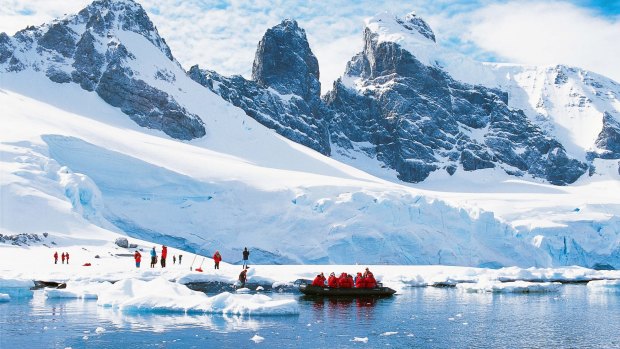
The cruise to Antarctica provided so many extraordinary moments.
It was a week into my Antarctic cruise. In that time, travelling from the southern-most Argentinian city of Ushuaia via the Falkland Islands to South Georgia, I'd heard much about Sir Ernest Shackleton and his men, either through a compelling program of on-board lectures, or in conversations with fellow passengers, well-versed on the subject.
And the more I heard of Shackleton's heroics, as I was travelling deeper into the environment in which he performed them, the more I was moved.
Because here was the dichotomous thing: I was in the lap of luxury on board the sparkling small ship Le Lyrial, experiencing an itinerary put together by high-end travel company Abercrombie and Kent that included an unsurpassed expert expedition team, exquisite food and drink, fascinating company from all around the world and the attention of an exemplary Ponant crew.
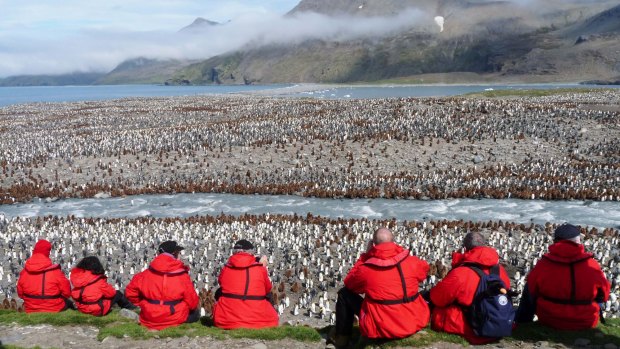
Watching penguins on the South Georgia Islands.
Even so, my interfaces with the unusual frigid, low-humidity natural world beyond the ship (and even on deck) had been challenging. Just getting on the heavy, tight rubber boots required for landings was a struggle, let alone getting them off again. Contemplating the bravery and toughness of Shackleton, who faced relentless Antarctic harshness with little or no creature comforts, was very humbling.
In fact, on one occasion it brought me to tears, which was surprising because I was previously never really intrigued by historical stories of explorers. But Shackleton wasn't just an explorer or adventurer. His actions in this part of the world wrote the book on what it meant to be courageous in extreme adversity.
It was during the Shackleton-led Imperial Trans-Antarctic Expedition of 1914 that the team's ship, the Endurance, was surrounded and broken up by ice in the Weddell Sea. After a heroic attempt to march across ice floes, the group of 28, along with their three salvaged lifeboats, drifted on an ice sheet until it began to break up. They took to the boats and reached tiny, remote Elephant island.
Shackleton, along with a handpicked group of six, launched one of the boats, the James Caird and went for help in a long, much-documented voyage and trek, considered one of the most epic journeys of all time.
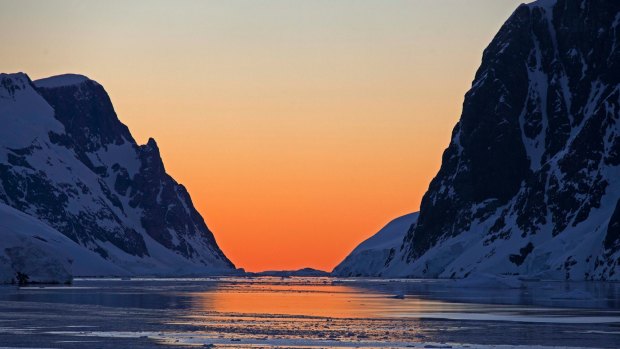
Sunset in Antarctica .
The other 22 stayed there, for 4½ months through the southern winter, huddled under the boats, surviving on whatever they could, until a rescue ship arrived.
Now, here we were in summer, dressed in our cosy expedition parkas, aboard our zippy Zodiacs, landing on the rocky shore of desolate Grytviken, with Frangelico-laced hot chockie or boullion awaiting our return to the ship.
Grytviken is an old Norwegian whaling station, now British research centre, from where Shackleton organised the quest to save the stranded 22.
On our arrival there, we were greeted by a crowd of fur seal pups, their boisterous adolescent brothers and sisters, and sprinkles of king penguins. I was, at first, too distracted by them to see a group of gelatinous moulting elephant seals wallowing in drainage channels either side of a short path leading from the shoreline to the tiny Grytviken Cemetery. They startled me when I came close to one, well disguised, looking for all the world like the muck it seeped in. But then, calm, unfussed, at home in their icy domain, the giant seals seemed a fitting guard of honour for the VIP to whom we were paying our respects – Shackleton himself.
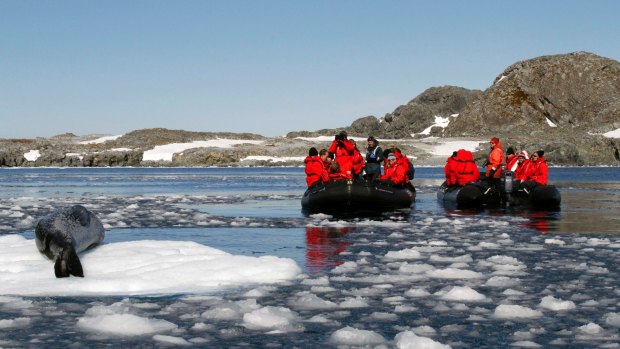
Enterprise Island.
Once we tiptoed the seal gauntlet, we arrived at the plot where Shackleton was buried. A server from our ship handed us a shot of whiskey each.
Waiting by Shackleton's grave was Polar Medal recipient and historian Bob Burton, in his herringbone newsboy cap. A member of our sizeable and sizably qualified expedition team, Burton said some solemn words, then led us in a toast to the man they dubbed "the Boss", way before a certain New Jersey-born rock star was given the moniker.
"To the Boss," we all echoed, and downed our whiskey.
This was when I shed that tear, because though I could never be like him, in that moment I was grateful such intrepid souls existed. Learning about Shackleton had extended my understanding of human capability and restored some of my esteem for us as a race. And I was not the only one to get something in their eye.
That night, back on the ship with warm, dry clothes on our backs and cocktails in hand, we gathered for our usual pre-dinner briefing in the ship's theatre.
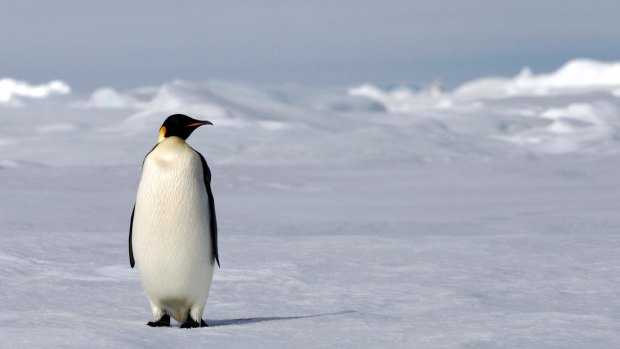
Emperor penguin Antarctica.
The master of our ship, Captain Olivier Marien, took to the stage and announced he had some news. He clicked a remote control to bring up a weather chart on the large screen behind him.
It did not look like good news.
The chart showed a big low-pressure system gathering between the position of our ship and Antarctica. Less than half way into this sailing of Abercrombie and Kent's Antarctica, South Georgia and the Falkland Islands expedition cruise, we were still in waters off remote, sub-Antarctic South Georgia. We'd been in the area for two days with another scheduled – a day that promised more king penguins, and exploring the Drygalski Fjord.
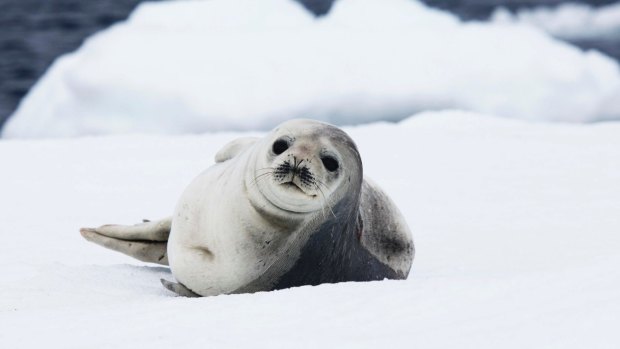
Curious wildlife.
But if we lingered in South Georgia, Captain Marien said, that ferocious low-pressure system might jeopardise our Antarctic plans. He proposed we forego the day's itinerary and set off early for the South Shetland Islands, our next scheduled destination.
A murmur went around the theatre. No one wanted to risk any of our Antarctica time. It was the main reason we are out here and we were only going to be near the famed peninsula for four days of our 17-day sojourn.
Perhaps moreover, because Antarctic cruising involves a lot of time at sea, the idea of having to give up a morning in the Zodiacs for more of it had sent a wave of discontent through the 200-odd of us passengers.
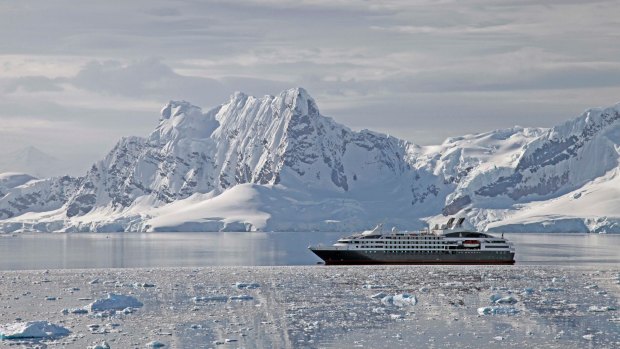
Majestic Antarctica.
It's not like we weren't warned. One of the things Abercrombie and Kent emphasises in its brochures is the "conditions permitting" nature of Antarctic expedition cruising. Drifting ice, wind and other circumstances can make programmed landings and activities difficult – not to mention dangerous.
On board this newish, high-tech, luxurious ship with a top-shelf crew and the best of the best on our expedition team, the controllable was well and truly controlled. But bobbing around out there in the watery southern wilderness, we were, ultimately, at the mercy of the uncontrollable: the elements at their most feisty.
From one second to the next, the region's awesome wildness seduces and enchants, then challenges and infuriates. We were sitting mostly in column B right then.
But then the mood shifted. Discontent turned to elation, particularly for the Shackleton buffs among us – and there were many – including me, quite newly.
It seemed Captain Marien had saved the best bit of news for last.
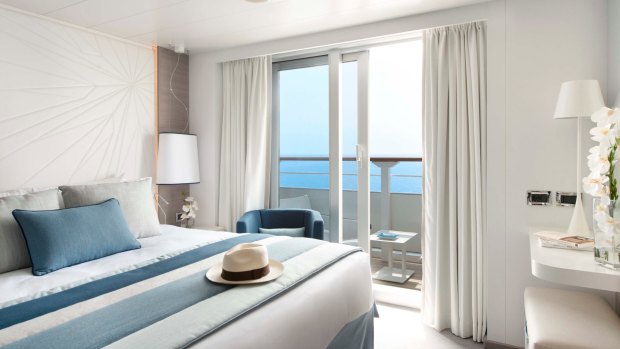
Le Lyrial Cruise Ship.
Because we would reach the Shetland Islands early, we would make an unscheduled stop. We would be visiting Elephant Island, that tiny place that loomed large in the story of Shackleton and his crew, but which was not so often visited in the intimate way we would be able to because of the agility of our ship. And we'd be in so close, we'd be able to be out exploring via Zodiac.
Even some of our intrepid expedition team said it had been years since they'd been there like this.
Forty-eight hours passed at sea. The night before we were due to reach Elephant Island, our daily rundown sheet toyed with the idea of us getting to Point Wild, the spot named for Frank Wild, the leader of the stranded men that camped there for four-plus months. "But our specific location is dependent on various factors, such as the sea, wind and ice conditions and an exact time cannot be given."
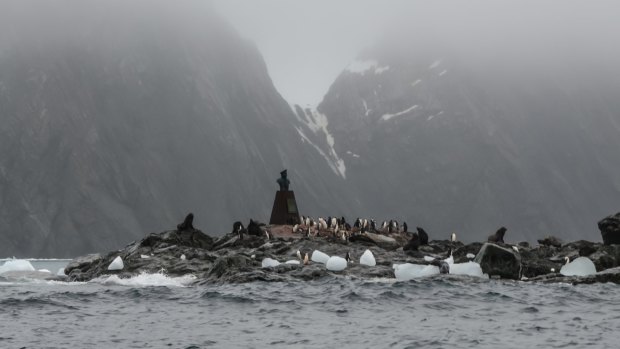
Jameson Point Credit: Julietta Jameson
And then: "Good morning, good morning." We were woken before seven by the soft Brazilian purr of our expedition leader, Susana, over the PA. "Welcome to Elephant Island," she said, before telling us the conditions were favouring us. We would indeed have the privilege of nearing the Shackletonian holy grail.
There had been so many extraordinary moments on this cruise already: our first landing at Salisbury Plain, where we were among hundreds of thousands of king penguins including fluffy babies; witnessing the easy flight of enormous albatross from our decks. And there would be plenty more to come. But weeks later, at home, I realised, our visit to Elephant Island, for the humbling insight into nature at its most raw and powerful and our minuscule place in the face of it, was the thing that had stayed with me most.
At Point Wild, there is a bust of Pilot Luis Pardo Villalon, the Chilean captain whose ship rescued the stranded 22 after Shackleton raised the alarm. It sits on an ocean-washed outcrop, surrounded by oblivious fur seals and chinstrap penguins. Irridescent blue icebergs bob about, the plopping sound of porpoising penguins a joyous soundtrack.
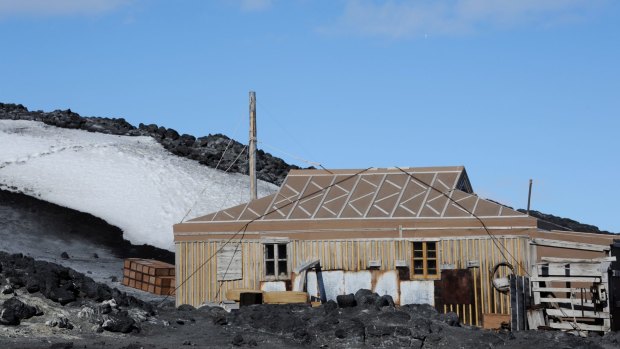
East Cape Royds, Ross Island, Antarctica.Credit: iStock
It's a scene that produced the strangest sense of time and space in me: that, sunrise to sunset, week on week, year on year, as my life goes on in a crowded, information-soaked world, this beautifully desolate scene exists, mostly undisturbed by humans.
Just more than 100 years ago, for 4½ months, 22 men survived here. It's that simple. And that complex.
When people say an Antarctic cruise changes you, if you haven't been, it's hard to fathom how. But witnessing the beauty and terror, the endurance and the enduring, widened my life view. It changed my daily perception. And it's no overstatement: the region, and the stories of the people who braved it, gave me reason to strive to be a better, stronger person.
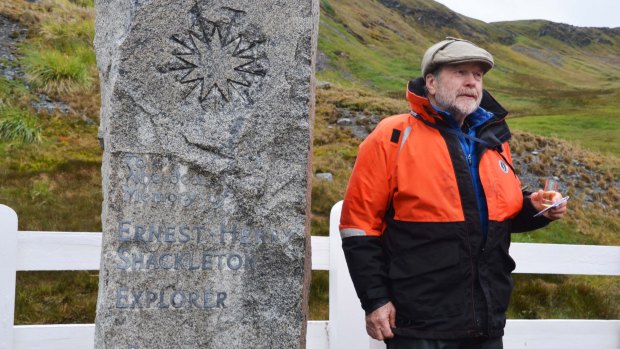
Bob Burton at Shackleton's Grave.Credit: Julietta Jameson
Julietta Jameson travelled as a guest of Abercrombie and Kent and Air New Zealand.
TRIP NOTES
FLY
Air New Zealand flies direct to Buenos Aires from Auckland three times a week. Connecting flights from Australia are either under Air New Zealand's own livery or code share with Virgin Australia. See airnewzealand.com.au
CRUISE
Abercrombie and Kent's 17-day Antarctica, South Georgia and the Falkland Islands expedition costs from $US20,995 a person twin share. See abercrombiekent.com.au
MORE
FIVE REASONS WHY A&K ASKS TOP DOLLAR
Coming up the Drake Passage to Ushuaia at the completion of my expedition, a fellow passenger said this: "When I bought this trip, I thought it was expensive. Half way through, I thought I understood why it was expensive. Now, at the end, I'm wondering how they packed it all in for the money."
So what is it that they pack in?
1. Exclusivity, including the charter of a Ponant ship and crew, limited to 199 passengers, ensuring private balconies and a 1-to-1.3 crew-to-guest ratio. Plus, and included, a private charter flight from Buenos Aires to Ushuaia.
2. Luxury, including the pre-cruise accommodation at the beautiful Sofitel Buenos Aires and a city tour, and a welcome cocktail function with free-flowing drinks and canapes.
3. Care and attention. An expedition crew that is not only hugely experienced and qualified, but which goes above and beyond. Example: on our last day in Antarctica, conditions were slippery for a steep landing. Rather than cancel the landing, the team landed early, carved a path, laid towels down and stood in a line to link arms with passengers in order to give them safe passage. Everything possible was done to ensure an octogenarian with limited mobility enjoyed each landing.
4. Expertise. The lectures from people who are bona fide experts in their fields added depth and dimension to the trip, as did having a photography expert and naturalists on deck while spotting birdlife … and they are a fun bunch, too. Evening briefings in the theatre, with cocktails in hand, were a daily highlight.
5. Food and drink. Lots of it. Hot chocolate laced with Frangelico to welcome us back on board. Mimosas in the morning if we wanted. Fine wines and delicious meals that had us all wondering how, during two weeks at sea with no replenishing stops, the food could be as fresh and high quality as it was until the end.
Sign up for the Traveller Deals newsletter
Get exclusive travel deals delivered straight to your inbox. Sign up now.